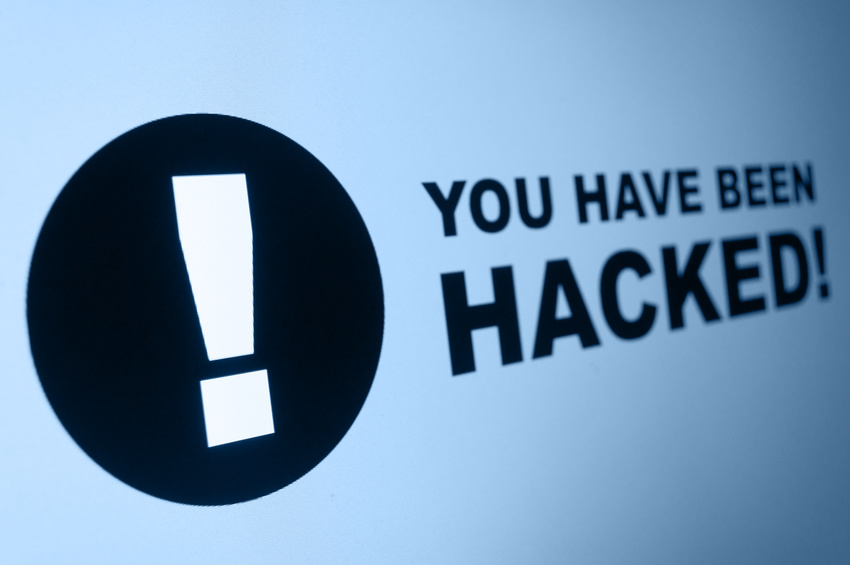Hackers and cybercriminals are becoming more clever and more aggressive in their actions. Because of this, it’s vital to be aware of signs that you’ve been hacked, and the steps to take to mitigate the damage.
There are multiple ways you could be hacked. There is the traditional way that many people are familiar with, where a virus on your PC lets a hacker take remote control. Another increasingly common form of hacking is to capture the credentials for a sensitive service, such as email or Facebook, and then take over the account and try to affect more people utilizing the contacts/friends of the hacked account.
Signs to watch out for:
- Mouse cursor moving or typing occurring on its own
- New programs or applications installed that you did not install yourself
- Antivirus or antimalware programs alerting to an infection on your device
- Emails or messages being sent as you that you did not send
- No longer able to access email or other accounts
- Contacts reporting receiving odd emails or messages from you
- Purchases or credit applications that you did not make
The first three cases above would indicate your device having been hacked. The best way to address this is to remove the device from the internet immediately – if it’s a desktop computer, unplug the internet cable. If it’s a wireless device, disable the wireless network adapter on the device. Make sure any data you want off the device is backed up elsewhere. Then, either attempt to clean the infection using antivirus tools such as Windows Defender or Malwarebytes, or if you are not comfortable doing so or if you are unable to fully remove the infection, contact an IT professional service for assistance. It may be necessary to wipe the device and start from scratch.
The latter cases listed above typically indicate that one or more of your online accounts has been hacked. The appropriate response can vary based on which service has been affected. If any of your financial accounts have been affected, immediately contact the relevant company and alert them that you believe your accounts may have been compromised. If your email or social media accounts have been hacked, attempt to change your password. You may not be able to if the hacker changed it already, in which case you should contact your IT administrator or customer support, depending on the service. If you find that your account has been hijacked for the purpose of sending out mass emails or messages to your contacts, make sure to follow up with those contacts to alert them that you have been hacked and that the messages they received from “you” aren’t actually from you!
Unfortunately, the prevalence of hackers today means there’s a good chance you or someone you know will be hacked. Knowing the signs and steps to take can help, but the most valuable resource to have in your corner is a knowledgeable, experienced team of IT professionals ready to help. At Layered Systems, we take security seriously, implementing solutions that are industry-leading and cutting-edge to help guard you and your business against those who would seek to do harm. Contact Us today to learn more about our security model, and how Layered Systems can help your business stay secure.







